Dielectric Constant: Common Materials And Solutions
Dielectric Constant of Common Materials
|
Material |
Dielectric Constant |
|
Air |
1.00058986 ± 0.00000050 |
|
Ammonia |
26, 22, 20, 17 (-80, -40, 0, +20 °C) |
|
Calcium Copper Titanate |
>250 000 |
|
Carbon Disulphide |
2.6 |
|
Concrete |
4.5 |
|
Conjugated Polymers |
1.8–6 to 100 000 |
|
Diamond |
5.5–10 |
|
Electroactive Polymers |
2–12 |
|
Ethylene Glycol |
37 |
|
12.4 |
|
|
10–15 |
|
|
158.0–2.3 (0–21 °C) |
|
|
175, 134, 111, 83.6 |
|
|
Hydrogen Superoxide |
128 aqueous –60 |
|
Melamine Resin |
7.2–8.4 |
|
Methanol |
30 |
|
Mica |
3–6 |
|
Natural Rubber |
7 |
|
Paper, Printing |
1.4 (200 kHz) |
|
Polyethylene/XLPE |
2.25 |
|
2.1 |
|
|
Pyrex (Glass) |
4.7 (3.7–10) |
|
Salt |
3–15 |
|
Sapphire |
8.9–11.1 (anisotropic) |
|
11.68 |
|
|
Silicon Dioxide |
3.9 |
|
7–8 (polycrystalline, 1 MHz) |
|
|
Silicone Rubber |
2.9–4 |
|
Sulphuric Acid |
84–100 (20–25 °C) |
|
Vacuum |
1 |
|
Water |
87.9, 80.2, 55.5 |
Note: The dielectric constants listed above were measured at room temperature under 1 kHz. [1]
Dielectric Constant of Common Solvents
|
Solvent |
Dielectric Constant |
Temperature |
|
Acetal |
3.7 – 3.9 |
298 K (25 °C) |
|
Acetic Acid |
6.2 |
293 K (20 °C) |
|
Acetone |
20.7 |
298 K (25 °C) |
|
Acetonitrile |
37.5 |
293 K (20 °C) |
|
Acrylate |
2.1–3.9 |
298 K (25 °C) |
|
Benzene |
2.3 |
298 K (25 °C) |
|
Dichloromethane |
9.1 |
293 K (20 °C) |
|
Diethyl Ether |
4.3 |
293 K (20 °C) |
|
Dimethylformamide (DMF) |
36.7 |
298 K (25 °C) |
|
Ethanol |
24.3 |
298 K (25 °C) |
|
Ether |
4.3 |
293 K (20 °C) |
|
Fluorinated Refrigerant R-12 |
2 |
298 K (25 °C) |
|
Fluorinated Refrigerant R-22 |
2 |
298 K (25 °C) |
|
Formamide |
109 |
293 K (20 °C) |
|
Liquid Ammonia |
17 |
273 K (0 °C) |
|
Methanol |
32.7 |
298 K (25 °C) |
|
Nitromethane |
35.9 |
303 K (30 °C) |
|
Tetrahydrofuran (THF) |
7.6 |
298 K (25 °C) |
|
Water |
78.4 |
298 K (25 °C) |
Dielectric Constant: Frequently Asked Questions
1. What is the dielectric constant?
The dielectric constant, also known as the relative dielectric constant, measures the ability of a substance to store electrical energy in an electric field. It compares the capability of a material to insulate charges relative to a vacuum.
2. How is the dielectric constant calculated?
It is determined by dividing the capacitance of a capacitor filled with a substance by the capacitance of the same capacitor in a vacuum or in air. Mathematically, it is expressed as ε = C/C₀, where ε is the dielectric constant, C is the capacitance with the substance and C₀ is the capacitance in a vacuum.
3. Are the dielectric constant and breakdown strength the same?
No, they differ. The dielectric constant measures the ability of a material to store electrical energy, whereas the breakdown strength indicates the maximum electric field a material can withstand before electrical breakdown occurs.
4. Why is the dielectric constant important?
The dielectric constant is crucial in various fields. It is used in determining the behaviour of materials in electric fields, in designing capacitors, in understanding solvation effects in chemistry and in analysing material properties in electronics.
5. What affects the dielectric constant?
Factors such as molecular structure, polarity and intermolecular interactions significantly affect the dielectric constant of a substance. Polar substances typically have higher dielectric constants than non-polar substances.
6. Can the dielectric constant vary with temperature and pressure?
Yes, the dielectric constant may change with variations in temperature and pressure. Changes in these parameters can affect molecular interactions and thereby the ability of a substance to store electrical charge.
7. How does the dielectric constant affect solvation?
The dielectric constant influences a solvent's ability to dissolve ionic compounds. Solvents with a high dielectric constant are effective at dissociating ions and stabilising them.
8. What are some practical applications of dielectric constants?
Dielectric constants are applied in various industries. They are used in electronics for capacitor design, in chemistry for solvent selection, in materials science for understanding material properties and in the study of biomolecular interactions.
Reference:
[1] Relative Dielectric Constant. (23/11/2023). In Wikipedia. https://en.wikipedia.org/wiki/Relative_permittivity

 Bars
Bars
 Beads & Spheres
Beads & Spheres
 Bolts & Nuts
Bolts & Nuts
 Crucibles
Crucibles
 Discs
Discs
 Fibers & Fabrics
Fibers & Fabrics
 Films
Films
 Flake
Flake
 Foams
Foams
 Foil
Foil
 Granules
Granules
 Honeycombs
Honeycombs
 Ink
Ink
 Laminate
Laminate
 Lumps
Lumps
 Meshes
Meshes
 Metallised Film
Metallised Film
 Plate
Plate
 Powders
Powders
 Rod
Rod
 Sheets
Sheets
 Single Crystals
Single Crystals
 Sputtering Target
Sputtering Target
 Tubes
Tubes
 Washer
Washer
 Wires
Wires
 Converters & Calculators
Converters & Calculators
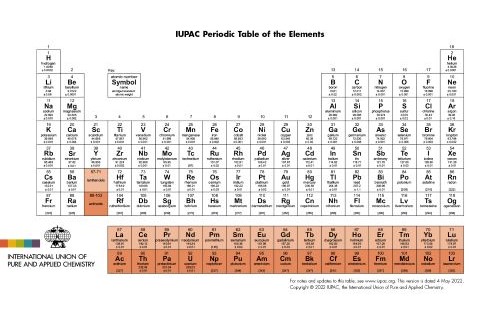
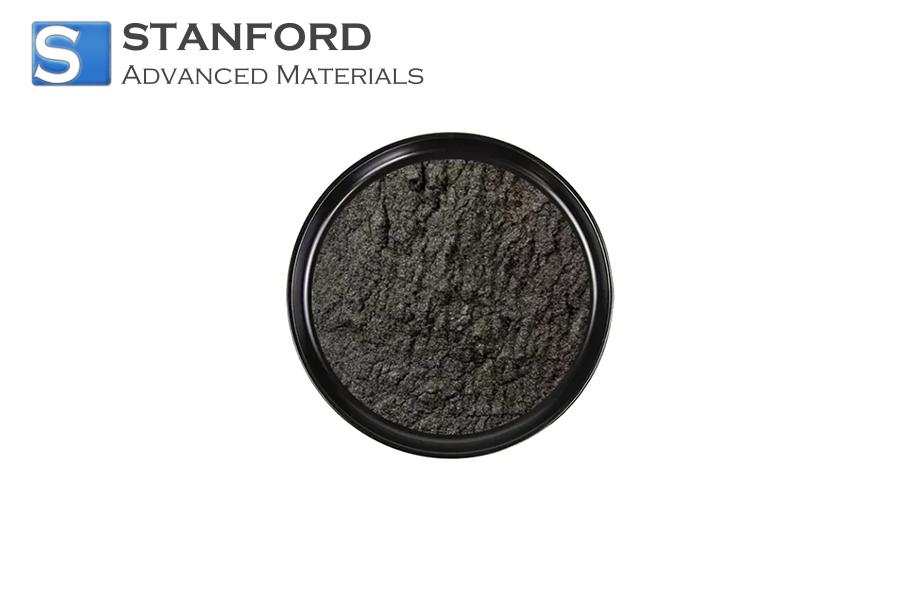
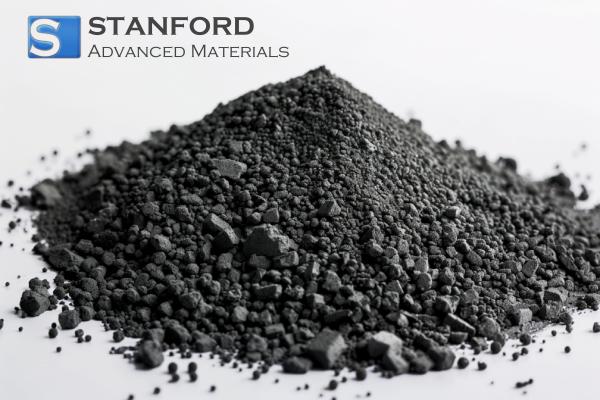
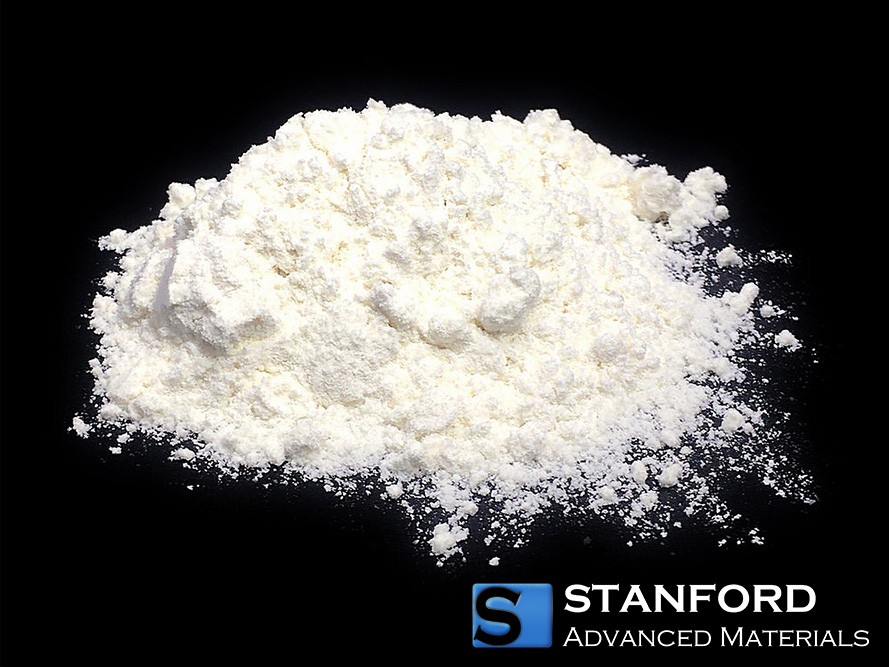
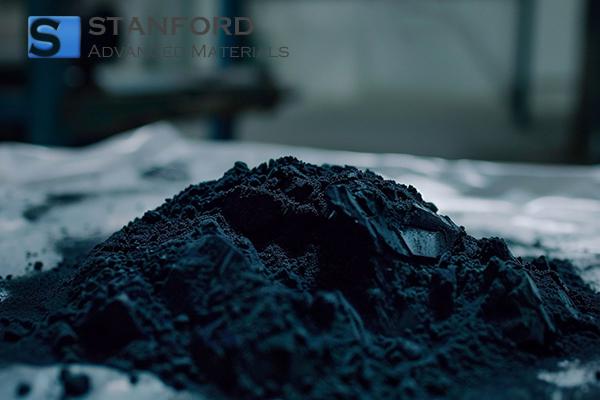
 Chin Trento
Chin Trento



